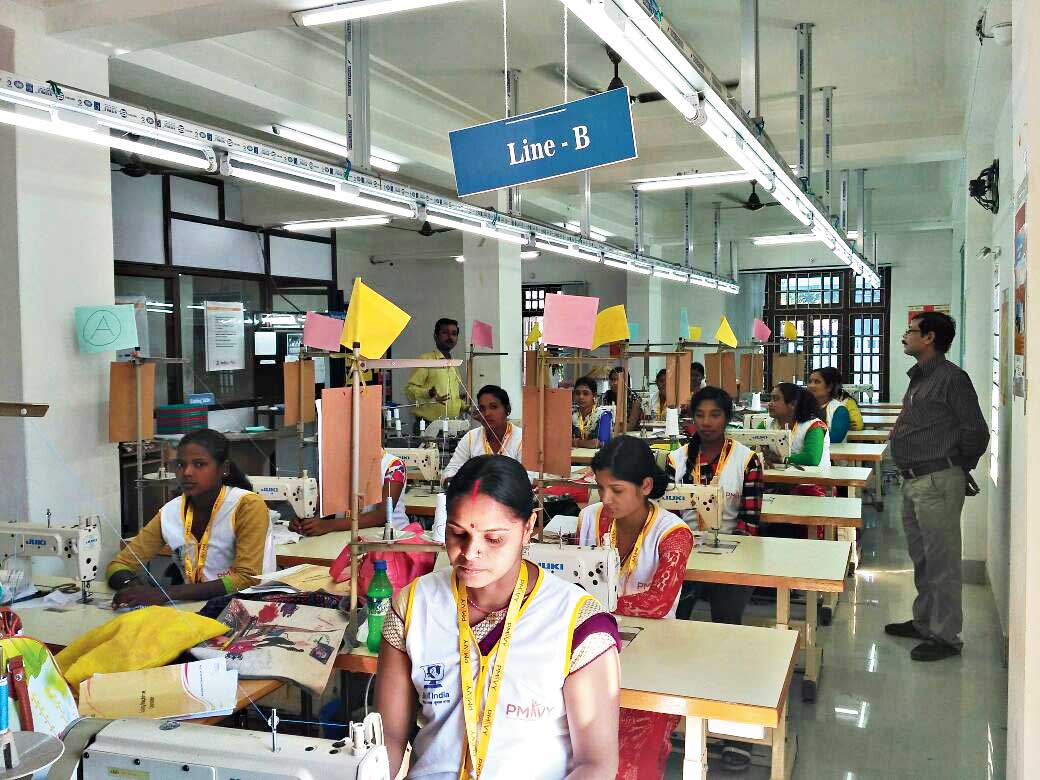When we talk of skilling, we generally tend to think of the underprivileged or people who are not highly educated as needing it. However, that is not always correct. In very simple terms, the difference between skills and education is that education gives you knowledge while skilling gives you the ability required to hold a job or pursue a career.
I have come across engineering graduates working in call centres and MBAs selling encyclopaedias door-to-door. In most cases, their current jobs are far, far removed from the dreams they had when they had enrolled for that course. But their dream jobs eluded them.
In today’s highly competitive world, an employer is looking for something different in a prospective employee. But what is that extra you need to have? What is it that sets you apart from others who have the same qualifications? Most employers look for practical knowledge of the education you have and the willingness to get your hands dirty if required. Unfortunately, such candidates are in short supply.
I can cite specific examples of employers telling me that the kind of employee they look for and the kind they sit across at an interview table is a complete mismatch. In fact, surveys conducted by various sources have shown that, in India, more than half the newly-minted MBAs and BTechs are “not employable”. The reason is that they may have the knowledge required but not the skill set the employer is looking for. This state of affairs is rather disconcerting.
In India, less than 10 per cent of the workforce is skilled. Despite being one of the fastest growing economies in the world, we are still a developing country.
Taking note of the situation, the Government of India launched an ambitious programme called Skill India. To prepare a skilled workforce and bridge the huge demand-supply gap across various industries, the government has a dedicated ministry and a department, which design, implement and execute a large number of projects to cater to people from all walks of society, with short-term placement-linked training programmes.
Training, under the Skill India mission, is imparted both theoretically and practically, in accordance to various NSQF (National Skill Qualification Framework) levels. The syllabi are according to National Occupational Standards (NOS). The objective is to train manpower as per industry requirements, thereby bridging the skilled workforce demand-supply gap.
There are a large number of PIAs (project implementing agencies) or training providers, who have to clear extremely stringent government audits, in order to be eligible to impart the training programmes.
A trainee can choose from over 200 trades or job roles, including retail, hospitality, beauty and wellness, construction, BPO, IT, apparel, agriculture, solar technology, media and entertainment, fisheries, nursing and jewellery, to name a few. After completing the course, the trainee has to clear an assessment, after which he or she is certified industry-ready.
Apart from domain training, each trainee is also provided basic IT training as well as soft skills aimed at giving them the confidence to face an interview board. All these programmes are free of cost. The only thing one has to do is check the relevant websites and make a well-informed choice. If you are keen on following your dreams, follow up your relevant education with the right skill training and see the difference it makes.










